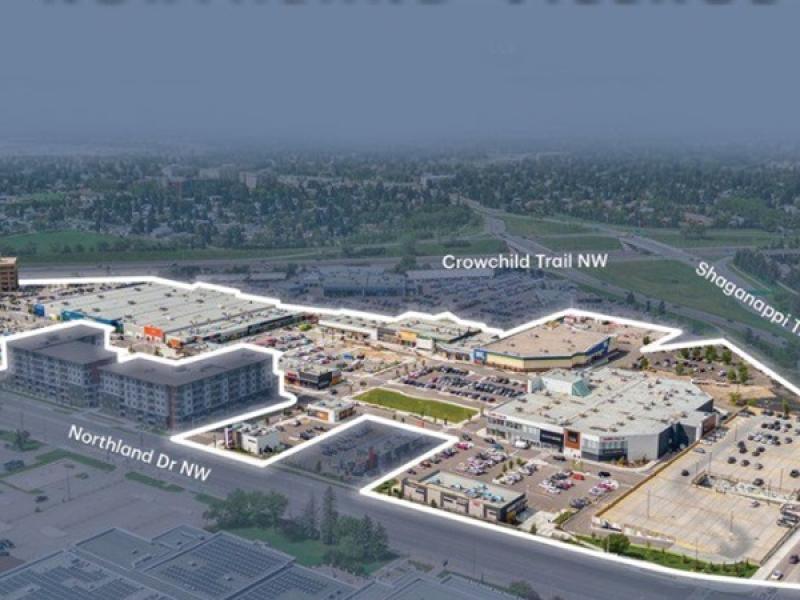
Chartwell Retirement Residences is already Canada’s largest provider of seniors housing, has grown by more than $1 billion in acquisitions during the past 10 months, and intends to continue its prodigious expansion.
Its latest new properties were announced on April 1, when Chartwell closed on two residences in Quebec City and acquired the remaining 15 per cent interest it didn’t previously own in a third building just outside the provincial capital.
“We see and are feeling great tailwinds for our business,” Chartwell chief investment officer Jonathan Boulakia told RENX.
“Our occupancies at our existing properties have increased significantly over the last couple of years, and there's a great sense of optimism for the industry generally and for our company specifically for the future, so we think this is a good opportunity to be acquiring newer assets.
“We are trying to optimize our portfolio by buying newer stock assets and lowering the age of our portfolio by increasing our ownership stake in newer assets. And these acquisitions have all been of newly built properties in great markets, and we're acquiring them for significantly less than their replacement cost.”
Chartwell owns interests in over 170 residences in four Canadian provinces, serving over 25,000 residents.
Supply and demand is benefitting retirement residences
Retirement residences have bounced back well after the asset class experienced a downturn during the height of the COVID-19 pandemic. Chartwell’s same property occupancy rate was 92 per cent in January, up from 86.4 per cent a year earlier.
“There were a couple of years where there was more reluctance to move in to congregate living, but we are a needs-based business so that has created pent-up demand, which we're enjoying,” Boulakia noted. “We’re enjoying very strong demographic growth in our market segment.
“The 75-year-old-plus segment of the Canadian population is growing at a rate in excess of the general population. Just to keep up with existing market penetration and the increased demand, there would have to be a lot more product coming online, which there isn't because there was a slowdown in construction for the last few years.
“So we're seeing less inventory coming on the market. We're seeing more demand simply because of demographics. So it's a simple supply and demand equation which is helping us.”
Chartwell’s development pipeline
Chartwell isn’t just focused on acquisitions. Boulakia said it also has a development pipeline with sites across Canada.
“We’re still working on figuring out how to make them work with increased development costs. But it's not a question of whether, it's a question of when we take on these developments.
“We’re also focused on developing partnerships with local developers, the same kind of model that we have in Quebec, where we align ourselves with reputable developers to build product to our specifications that we will manage and lease up and then acquire once it's full.
“That achieves our goal of maintaining a strong pipeline of new assets. It also works very well for developers who are maybe not as interested in operating assets, but rather in developing new product.”
Selling non-core properties
While Chartwell has a growth strategy utilizing both acquisitions and development, it’s also looking to optimize its portfolio through selling certain residences.
“We're continuously identifying product that is no longer core to our strategy, and that might be for a number of reasons,” Boulakia explained. “It could be geography, it could be size since we're now shifting towards bigger product, or it could be age.
“A number of factors will play into the equation, and it could result in us deciding that a property is no longer core to our strategy.”
Boulakia declined to name any of these properties and didn’t want to get into specifics about future acquisitions, but said: “There are a handful of assets in Ontario and Quebec that we will be looking at and that we no longer consider core to our portfolio. And at any given time there are a number of acquisition opportunities that we're evaluating and underwriting and at various stages of negotiation on.”
Chartwell is a “very purpose-driven company” with a vision of making people's lives better, Boulakia said.
“We look at every acquisition, disposition and development through that angle. Are we making the lives of our residents and their families and our staff better? That's what drives our decisions.”
Debt and equity financing
Financing for Chartwell’s acquisitions and developments comes from a mix of debt and equity. It had liquidity of $282.9 million on Feb. 27, which included $43.7 million of cash and cash equivalents and $239.2 million of available borrowing capacity on its credit facilities.
Chartwell trades on the Toronto Stock Exchange and has a market cap of about $4.5 billion. Its share price closed at $16.32 on April 7, closer to the top than the bottom of its 52-week high and low prices of $17.69 and $12.15.
“We get attractive debt for our residences,” Boulakia said. “Stabilized residences attract CMHC financing, which is at very attractive rates in Canada.
“So debt is an important component and equity, our share price, has been a strong performer over the last couple of years. Our corresponding cost of capital has come down a fair bit over the last couple years, so we’re able to access the public markets for good accretive transactions.”










